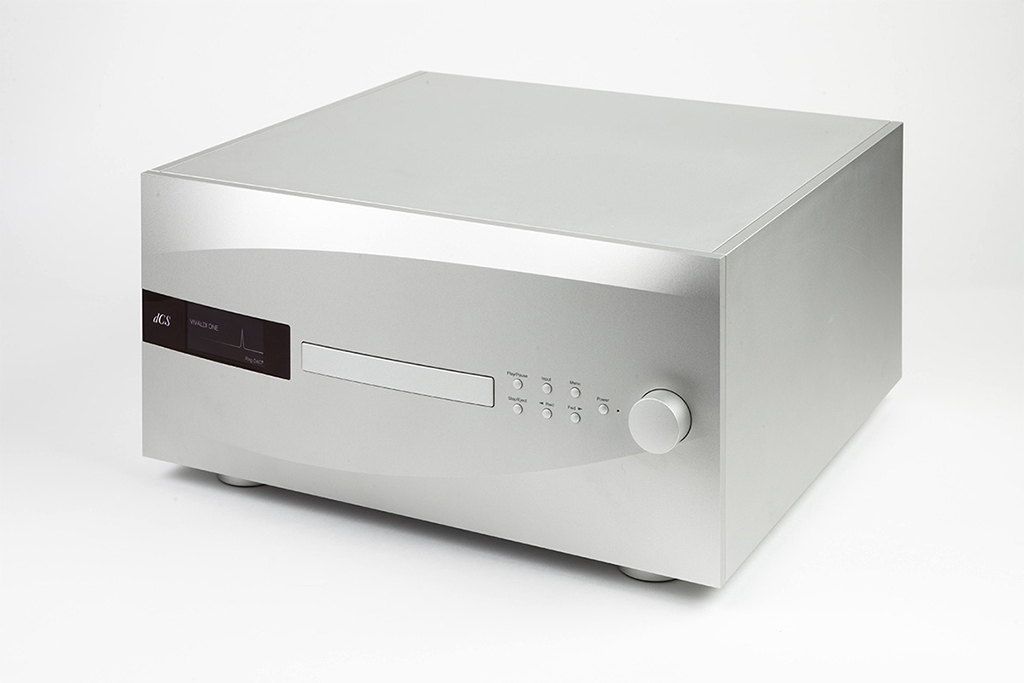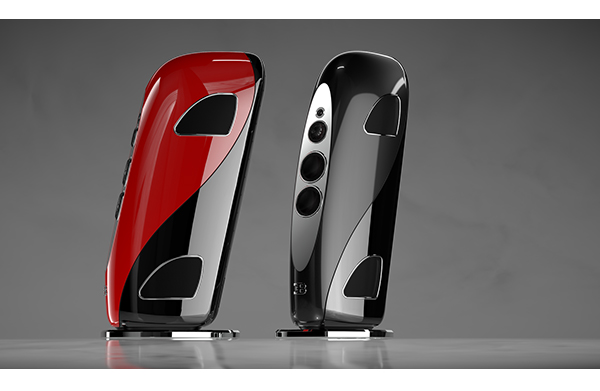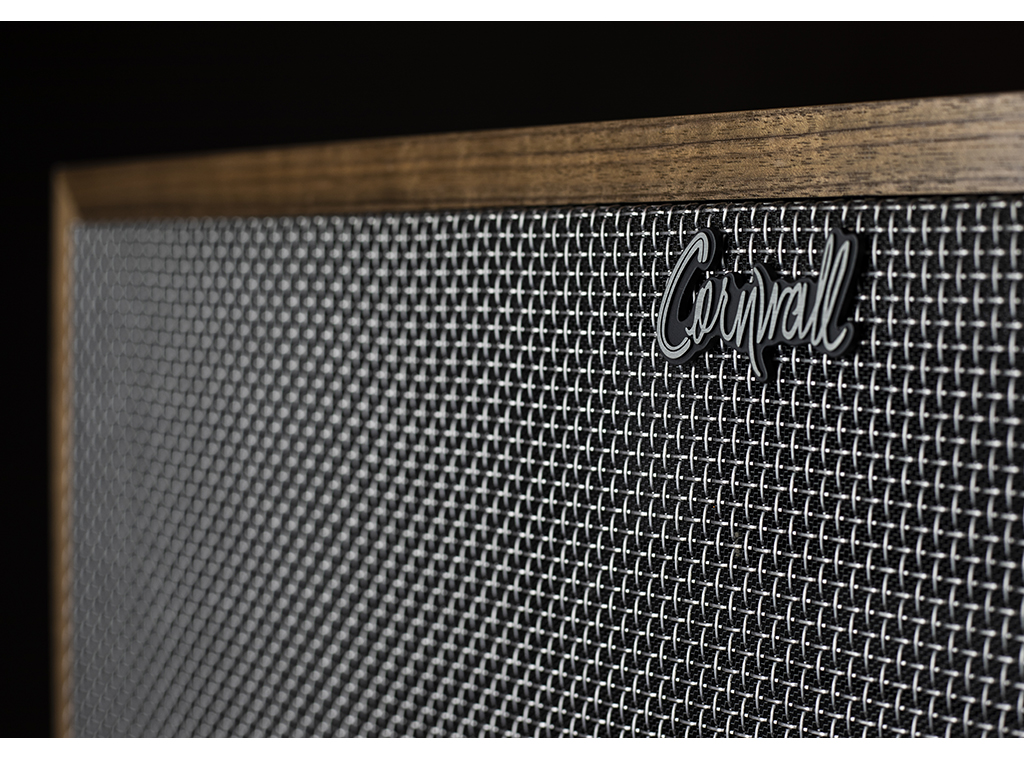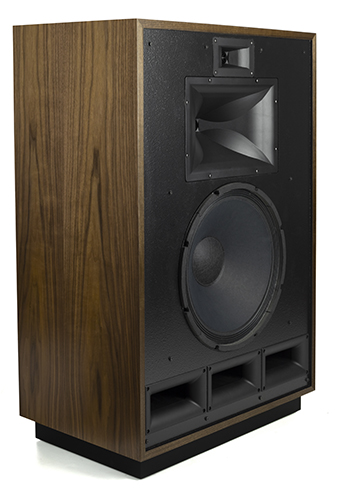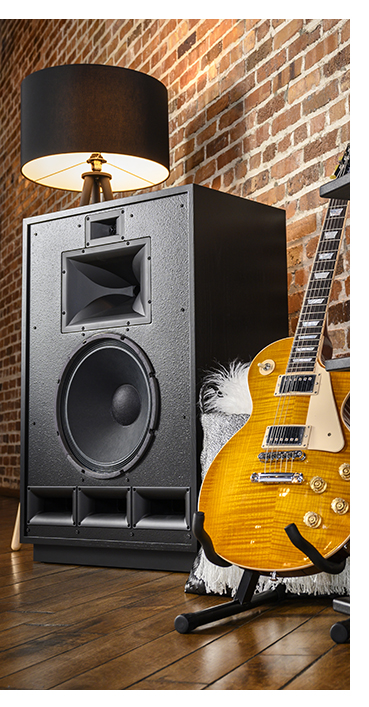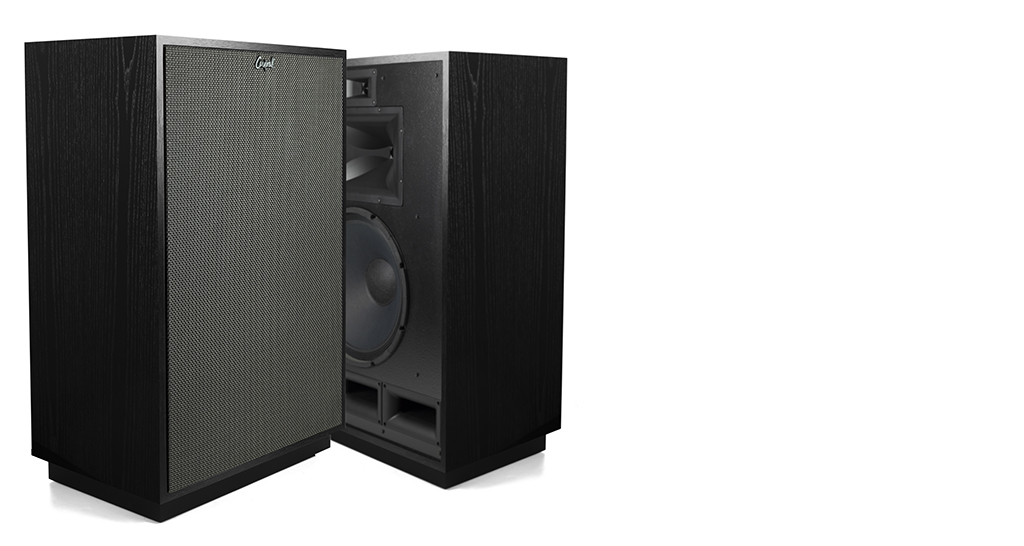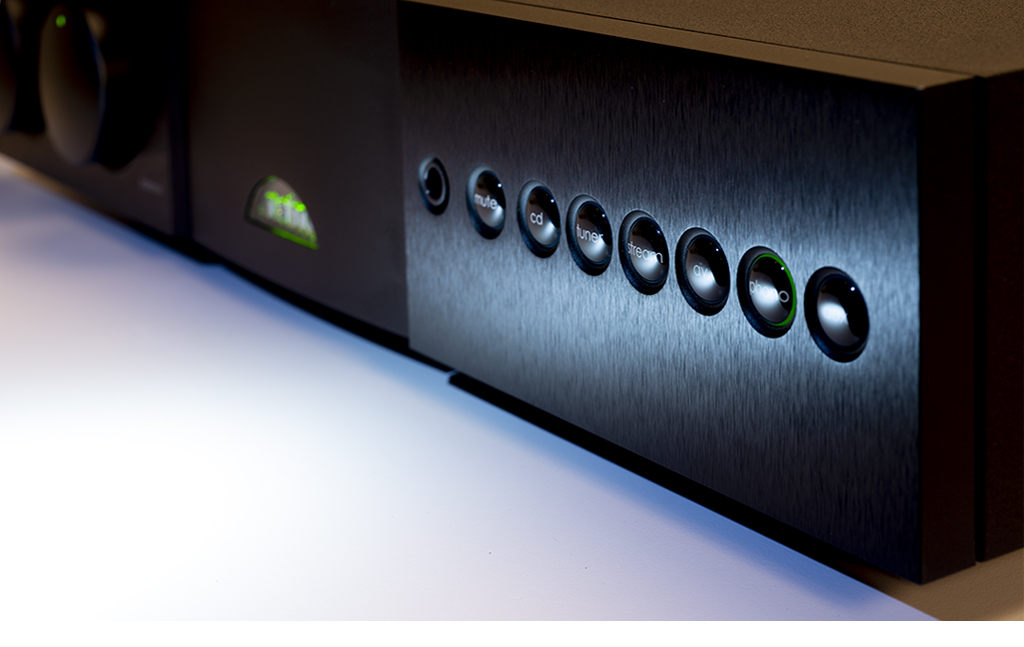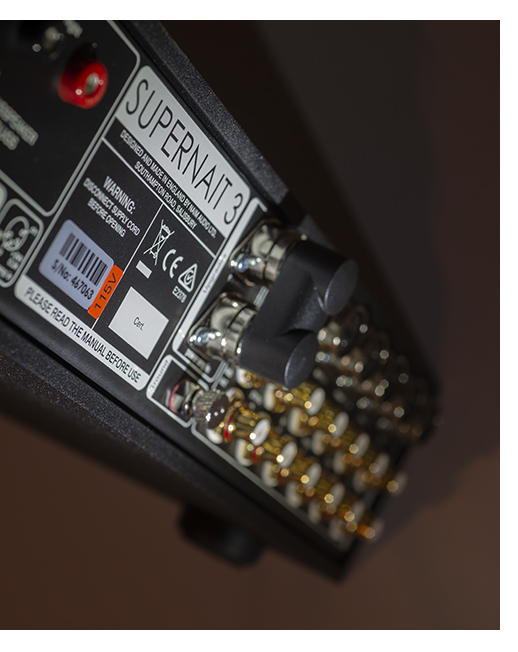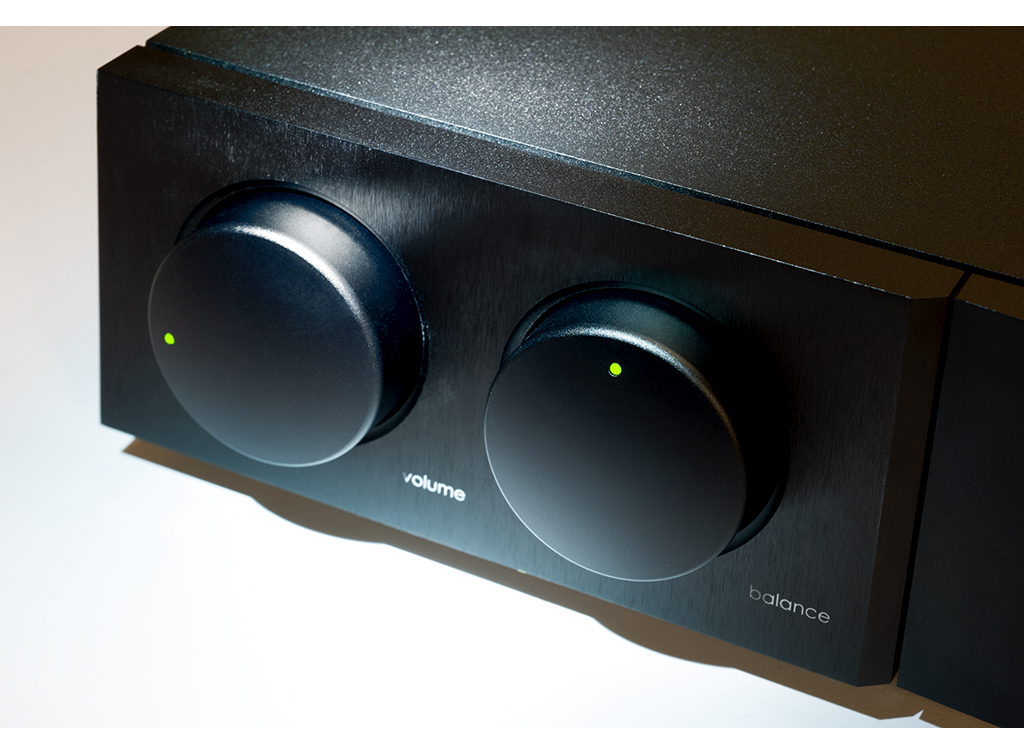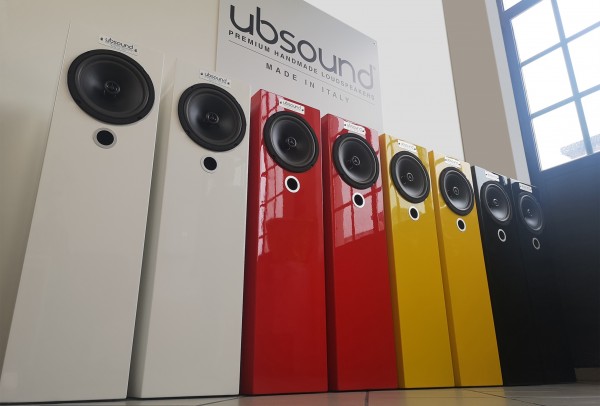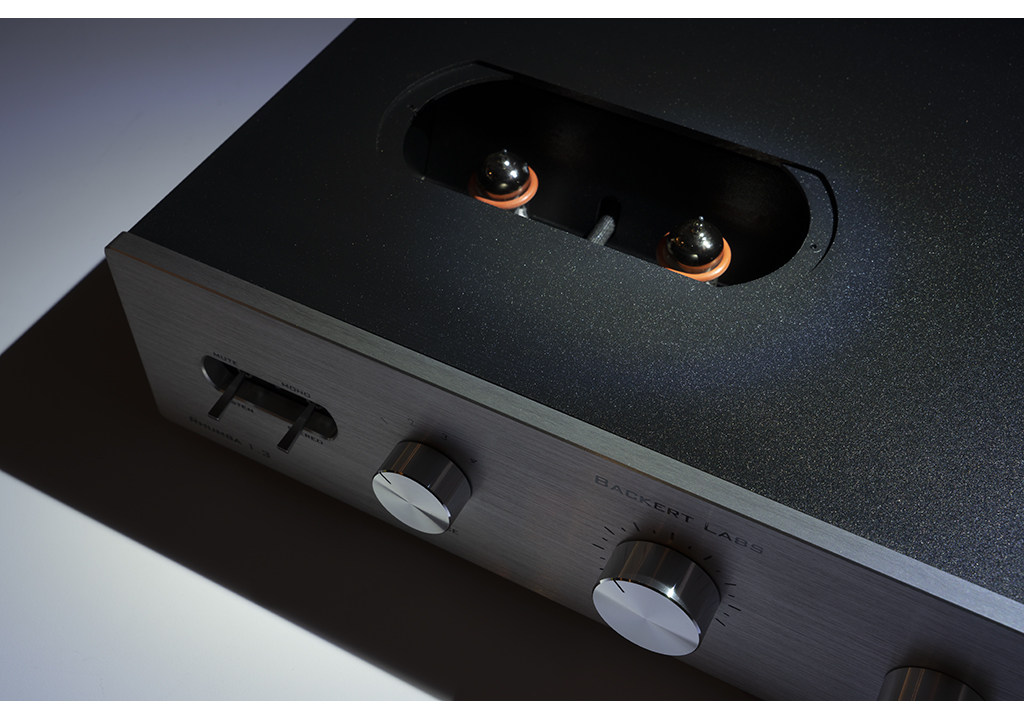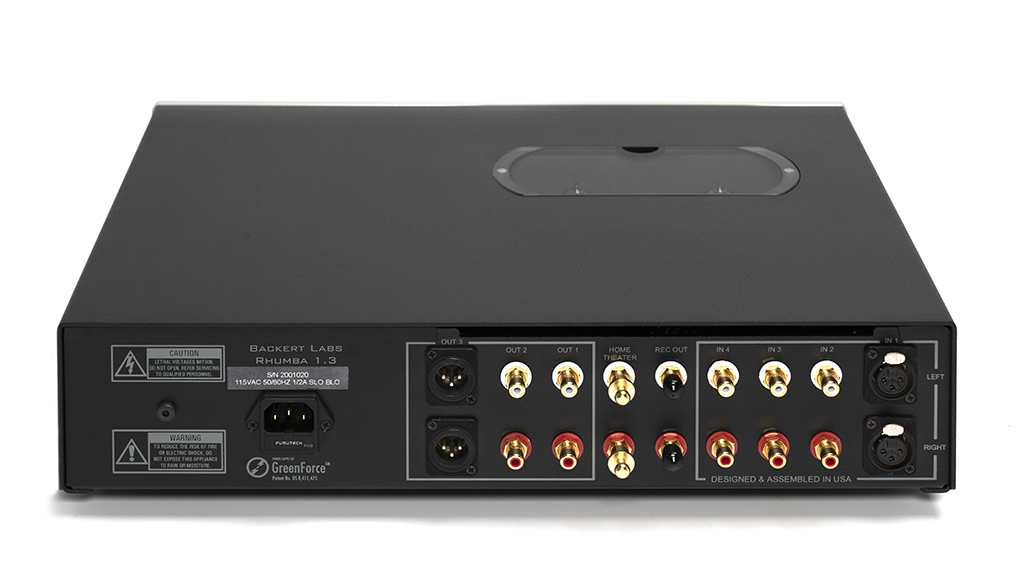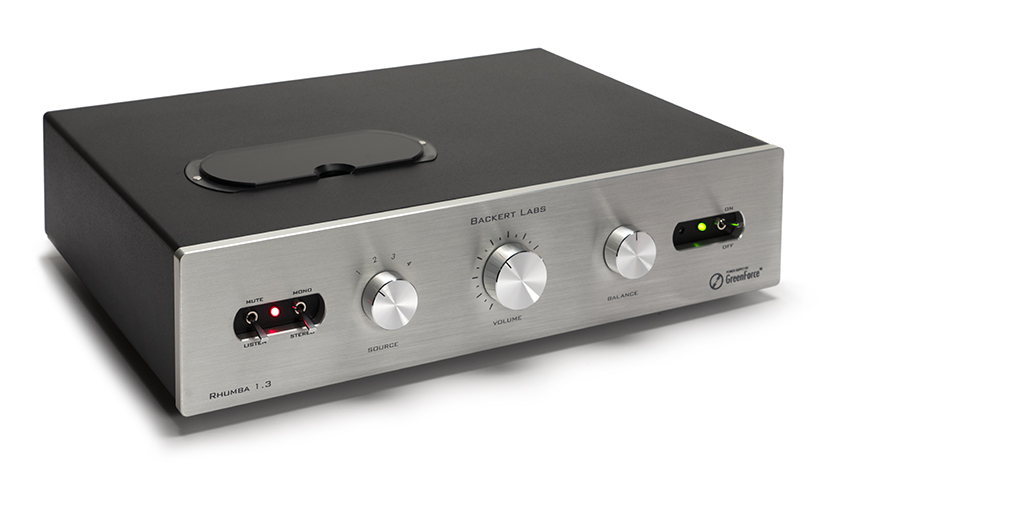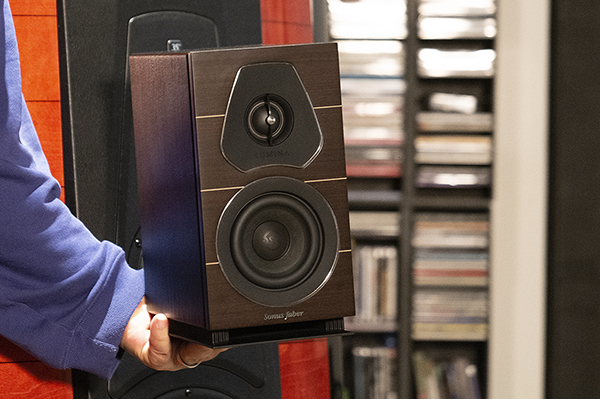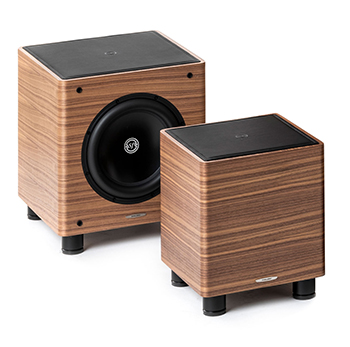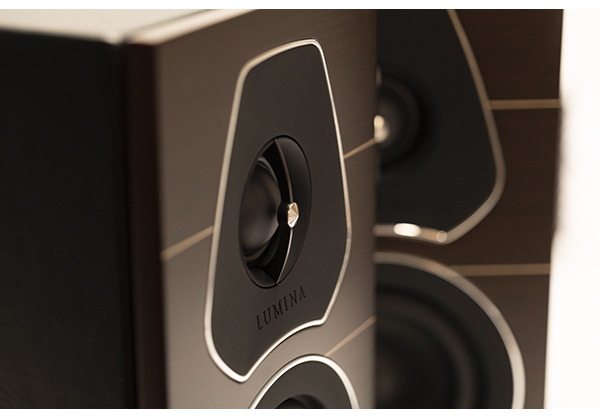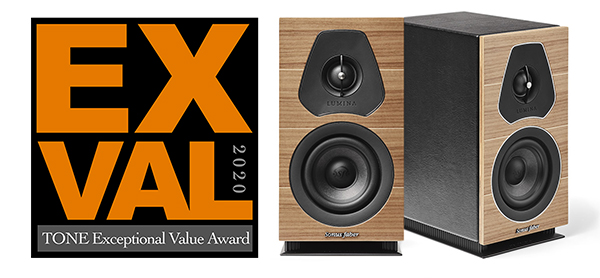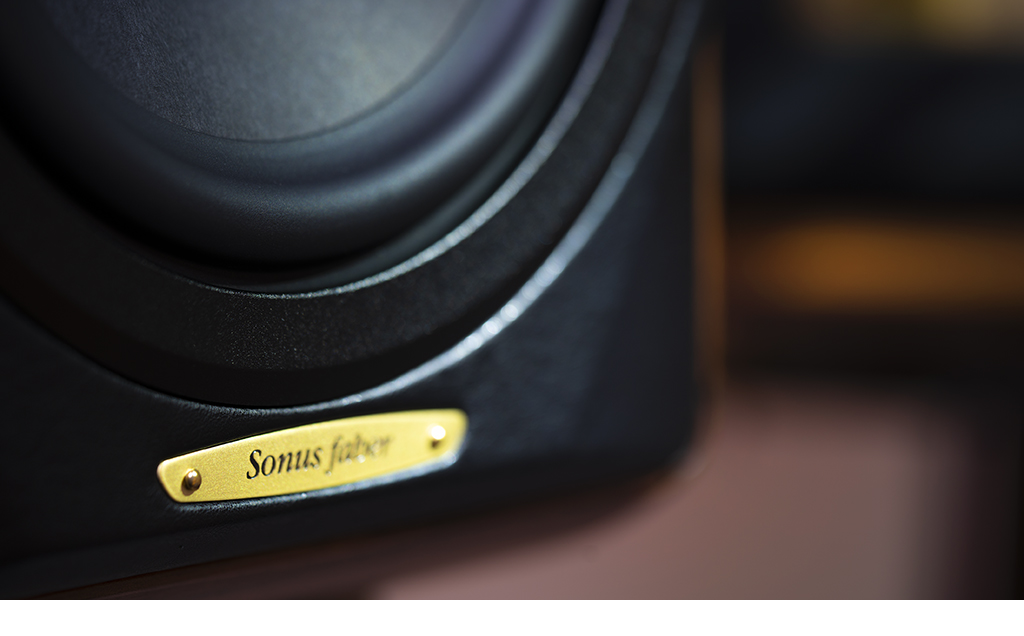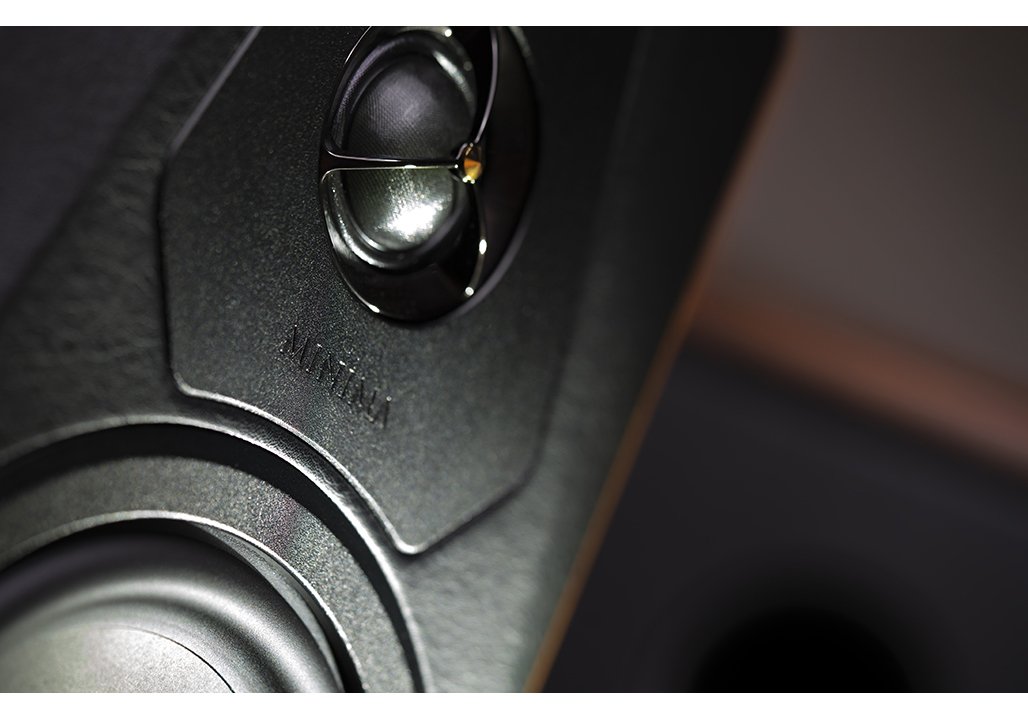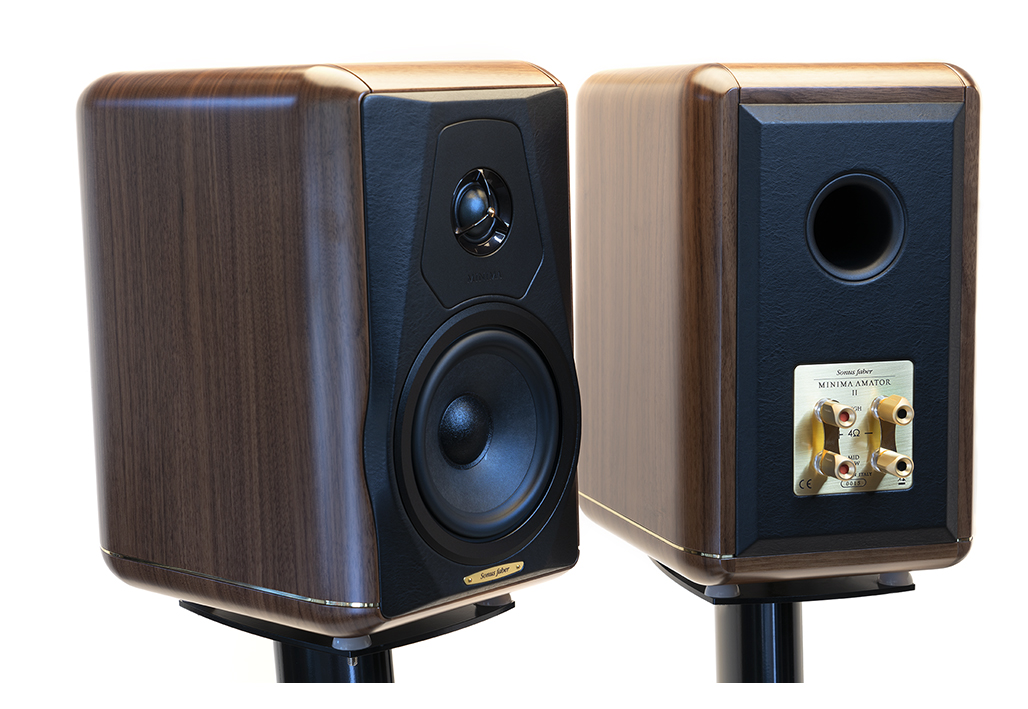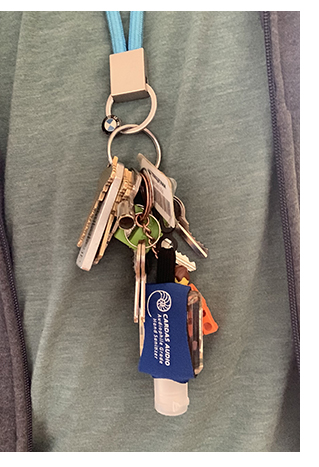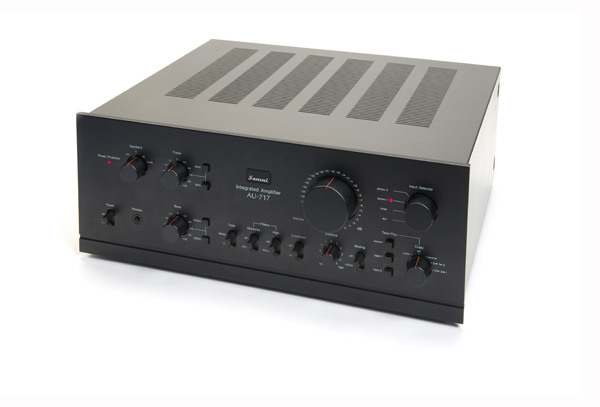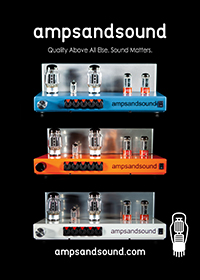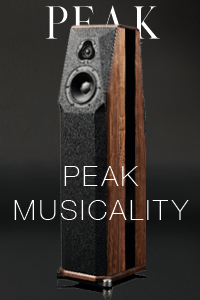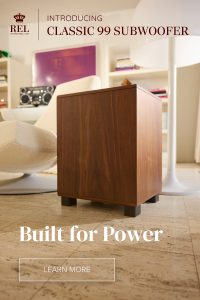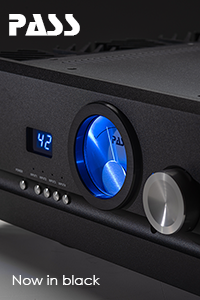dCS has started a new campaign acknowledging some of the world’s greatest recording engineers, appropriately titled their “dCS Legends” series. No disrespect to the world’s most excellent engineers, but I submit the digital players from Data Conversion Systems, have become legends in their own right.
In the beginning, dCS produced high-quality analog to digital and digital to analog converters for military and telecommunications applications, then turning their focus to recording studios and pro audio. 1993 marks the launch of their model 950, the world’s first 24-bit DAC. However, dCS didn’t become a household name (at least in audiophile households) until 1996, with the Elgar DAC. A recent visit with an Elgar in our Old School column reveals the original Elgar still having world-class performance, and a definite lineage intact to current dCS products.
I’ve also had the privilege to visit the dCS factory a few times, seeing first-hand how much goes into the construction of every single thing they make.
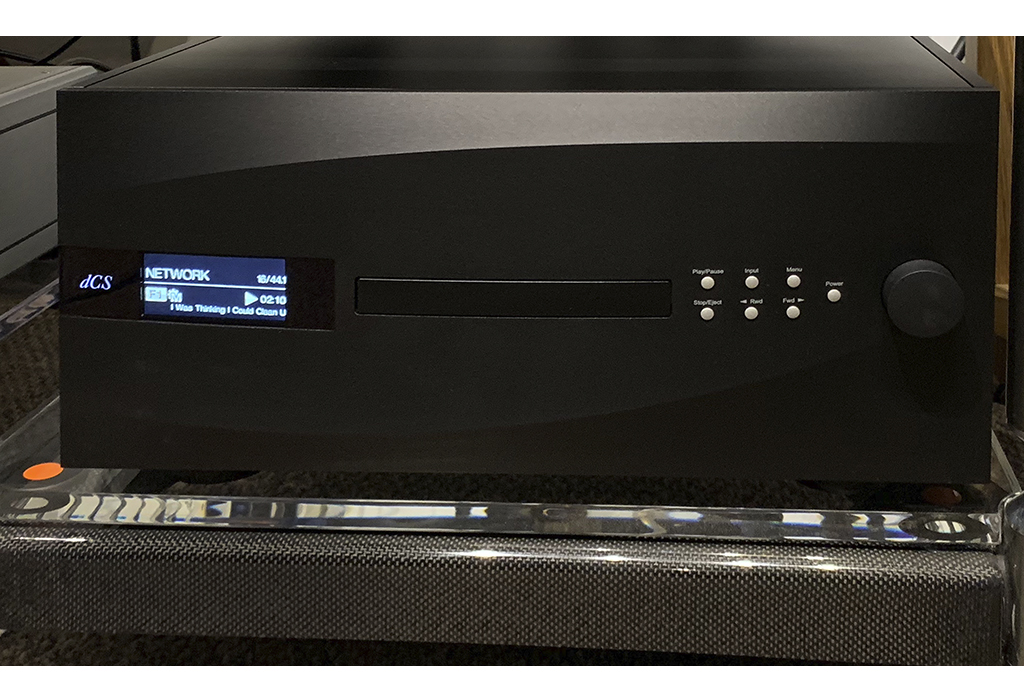
My own journey with dCS now spans a little more than a decade, beginning with the four box Paganini system. Though I had heard some great dCS demos at various HiFi shows, there’s nothing better than hitting the play button in your room, in your system, and being blown away. I sold a Naim CD-555 and one of my cars, with the Paganini stack staying as my digital reference for quite some time.
In nearly ten years since the Paganini review, TONE has also had the pleasure of reviewing the Debussy, which ended up living with staff member Rob Johnson for a few years, the four-box Vivaldi reference system, the two-box Rossini Player (CD only, no SACD capability) and Rossini Clock, as well as the newest model in dCS’ product line, the Bartok, which is the long-awaited replacement for the Debussy. All have been replaced by the Vivaldi One in my reference system, though the Bartok remains in my second system. Just as I have standardized on one set of tools in my photo studio, having dCS gear in both of my listening areas makes it that much easier to have a similar reference framework by which to evaluate components.
Still crazy (good) after all these months
The Vivaldi One arrived just before Christmas last year, sounding fantastic right out of the box. Really fantastic, even after many months of listening to the Rossini with the Rossini Clock, which is no slouch. Within a few days of being powered up around the clock, it completely stabilizes, electrically and thermally,offering a smoother, bigger, more engaging sound in every way.
A great demo at a show or dealer event is a wonderful thing, and the giddiness that nearly always accompanies the review period spent with components at this level, is a fantastic experience. Yet, sitting in the chair every day for a year, and still thinking “damn!” every time you push play, is living in a different universe. This is what the Vivaldi One brings every day.
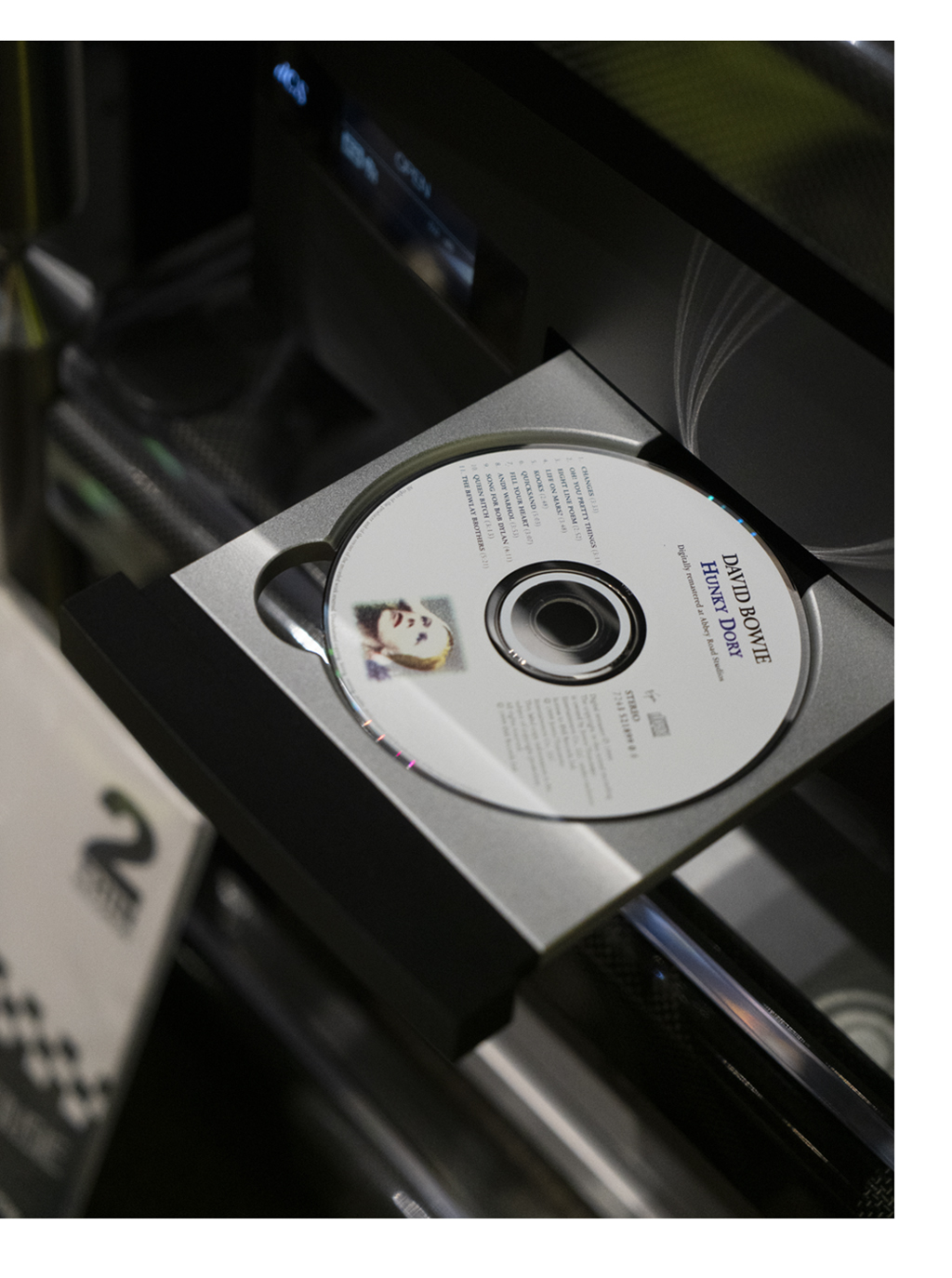
But you can’t have it
There’s no real point going on and on about the sound of the Vivaldi One because they are now almost sold out, so unless you’re fortunate enough to snag one of the last available units the only way you can get one is to find a trade-in. The full Vivaldi reference system provides even more performance thanks to dedicating each critical function to a separate chassis. Past experience with every other dCS product tells me that adding a Vivaldi Clock for $15,000 is going to take the Vivaldi One a step closer to the four-box unit.
Based on my extensive experience, the Vivaldi One comes incredibly close to the sound of the four-box array, and again I’ll bet even more with the addition of the Vivaldi Clock. With space at a premium around here, a single-box solution with this level of sound quality is incredibly easy decision. The Rossini is a fantastic player, but I still wanted to play SACDs.
Limited availability aside, many in the market to buy one of these players, the individual components of the Vivaldi stack probably make a lot more sense. Those not wanting disc playback can opt for the Vivaldi DAC and buy in at less than half the Vivaldi One’s cost at $36,000. Adding the Vivaldi Upsampler is $22,000, and of course the Vivaldi Clock is $15k- but the modular approach allows you to add a box at a time. Should you want the Vivaldi transport later, they are $42,000, but dCS just introduced a Rossini SACD Transport for almost half that cost, not to mention used Paganini (and Scarlatti) transports (also offering SACD playback) show up for $7-15k once in a blue moon.
In addition to the ability to play CD and SACD discs, the Vivaldi One’s DAC can decode anything in every possible format, including MQA. dCS is the only company that’s actually written their own MQA decode and rendering code, and this custom implementation of the MQA standard, and the results validate their approach. With all the sniping about MQA playback if you happen to be both a Tidal and Qobuz customer, you know that some of your favorite tracks (and albums) are only offered in high resolution via MQA on Tidal. When unfolded and processed on a dCS DAC, audio perfection is achieved. No other DAC I’ve sampled does this great of a job with MQA files.
I don’t know nearly enough to have this argument, but I’d still prefer straight ahead 24/192 than an MQA file- but if that’s where my music lives, I want to hear it decoded to the best level it can be. For me dCS offers this. Fortunately, their players require no compromise playing both MQA and standard hi-res material. Perhaps I’ve glossed over the high level of quality that standard resolution 16/44.1 files offer up via the Vivaldi One. More than one audiophile that has visited, has mistaken 16/44.1 streamed files were high res. A few even thought I was playing vinyl!
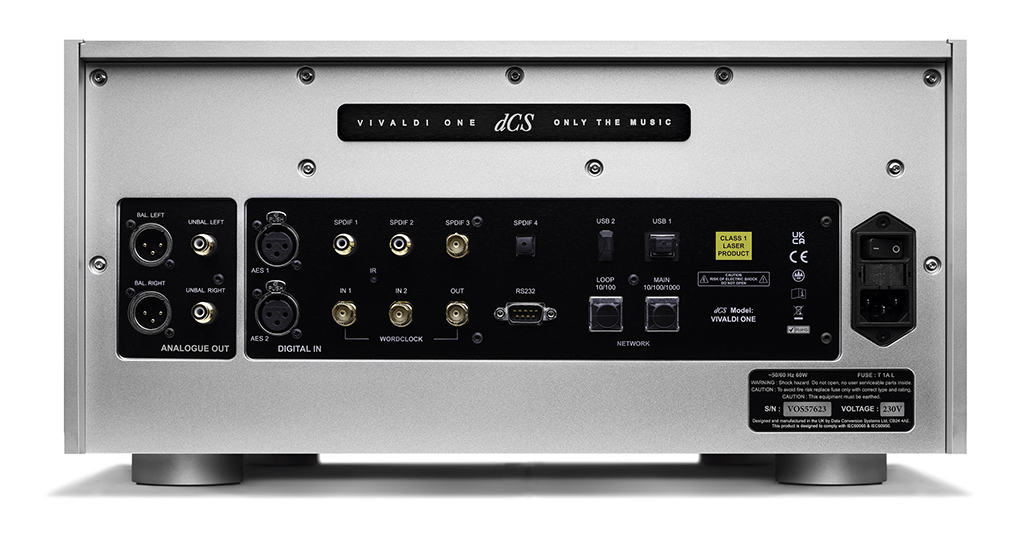
Core competencies
The Vivaldi One, like all other dCS DACs, is built around their patented RingDACTM architecture. You can read more about this here at the dCS website and in nearly every other dCS review. Dramatically oversimplifying, this fundamental feature of dCS DACs does not tie them to whatever DAC chip that happens to be in vogue and the compromises made when that chip was designed.
Everything is done in software, and this allows dCS to make upgrades to the performance at regular intervals. This also makes their products more future proof than those relying on a chipset, resulting in a much higher level of consumer confidence when spending this kind of money. This also makes future updates as easy as updating the OS on your smartphone, and keeps dCS products relevant for a much longer period. Again, justifying the investment.
dCS has their own App, called Mosaic, for adjusting the unit settings and playing music, but for most of you, the Vivaldi One’s ability to be a ROON endpoint is the bee’s knees. dCS generally feels a better, cleaner signal can be derived directly from the network for file playback, so they offer an Ethernet input in addition to the traditional inputs seen on other products. It certainly makes for simpler system architecture and eliminates the need for a separate streaming device. Those with legacy devices can exhale, as inputs for USB, S/PDIF via BNC, RCA or Toslink input, and balanced AES-EBU on XLRs can also be handled.
The Vivaldi One’s digital volume control is of such high quality, those eschewing vinyl for an all-digital playback system, can easily center the Vivaldi One around their favorite power amplifier and call it a day.
The biggest revelation
Stepping up to the Vivaldi range brings digital playback to such a natural level of clarity, ease, and freedom from coloration, that it’s no longer of the tired “It sounds good for digital.” It just sounds good. It sounds really fucking great, actually.
After using the dCS Vivaldi One in my primary reference system for a year, and having it powered up continuously- listening to close to 30,000 tracks in that period- it’s still as exciting to push “play” as it was the evening I unboxed it. Honestly, more exciting, now that I’ve had the time to listen to a vast cross-section of music. The number of revelatory moments I’ve had with it are genuinely off the chart.
The second biggest revelation
Bundled up for a line of executioners bearing flame throwers, I’ll go one step further and claim that disc play still sounds better (i.e., more natural) than files ripped to a NAS. And ripped files still sound better than streamed files via ROON, Qobuz, Tidal, and Spotify, even at the same resolution.
Unfortunately, I do not possess the technical expertise to tell you why this is so. I suspect noise, jitter, and a plethora of other factors that subtly damage the digital bitstream, degrade the sound ever so slightly between these formats. Yet, there is one, albeit thin, veil that is lifted when going to disc playback from NAS (or streaming services with) ROON.
The final revelation
This may not be the case for everyone, but after living with the Vivaldi One for so long, I’m listening to vinyl a lot less. I love analog, love turntables, and everything that goes along with the analog format. Ok, I still don’t enjoy setting turntables up. But when the planets line up, and if you have a fabulous turntable and a perfect pressing, there’s still a few molecules of extra magic in the analog world. But that’s only for those that have original Blue Notes, first stamper British, Japanese, or German this pressing, etc. etc. And if you can afford records like that, you can afford a dCS Vivaldi. Those with a pretty good table/arm/cartridge/phonostage but mediocre pressings aren’t getting close to the level of realism that the Vivaldi One offers.
It’s not that I’m saying vinyl sucks or anything like that, but the Vivaldi One sounds so natural, so engaging, and is so incredibly easy to use that if my record collection was raptured off to vinyl heaven tomorrow, I don’t think I’d replace it. How often do you get convenience and quality in the same sentence? That’s the real magic of the Vivaldi One.
No clichés apply
While I’ve tried not to exhaust my adjective gland on nearly 1000 audio reviews in the last 17 years, it’s tough not to gush over a product this good. Suffice to say that the dCS Vivaldi reference system and Vivaldi One do such an incredible job of decoding digital music files, you don’t think about them at all. That is the ultimate triumph. And that’s what legends are made of.
